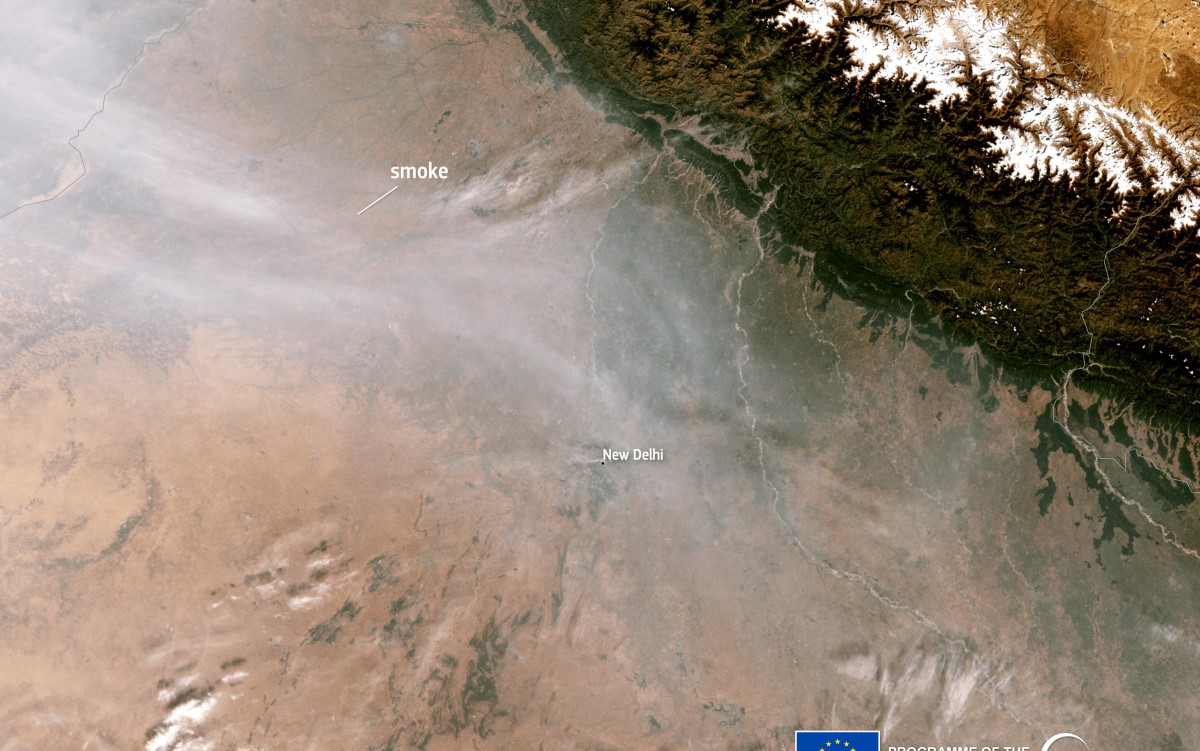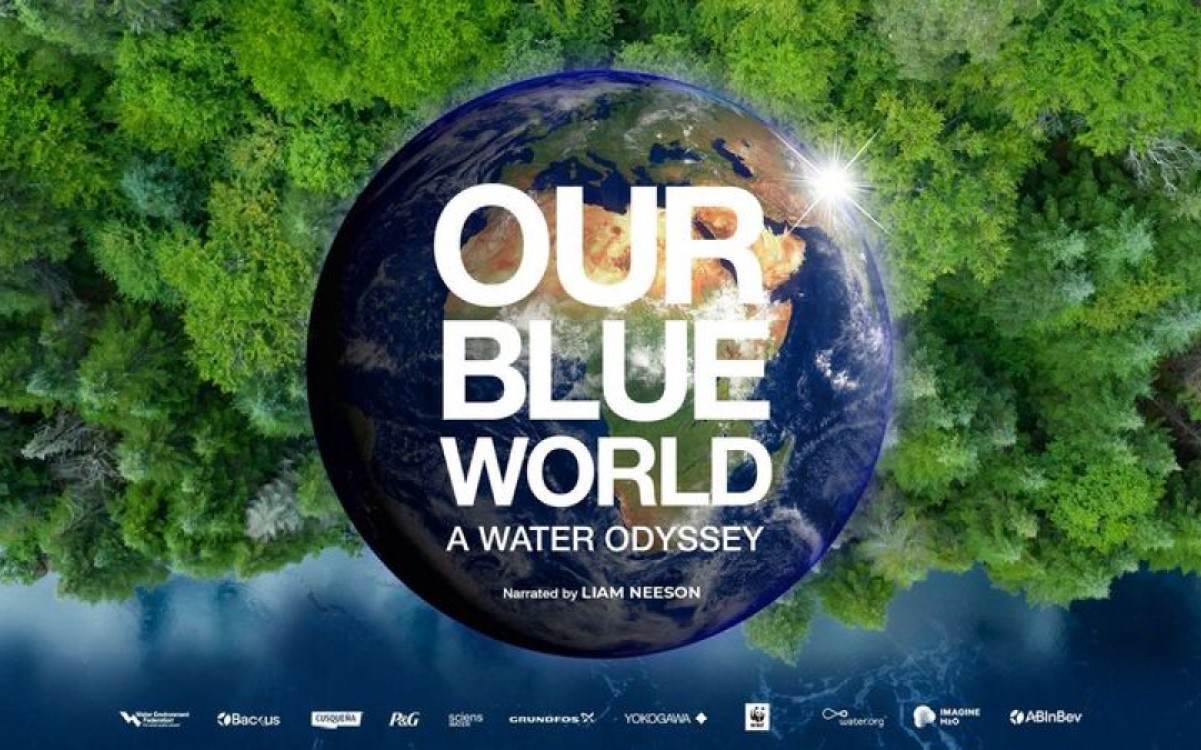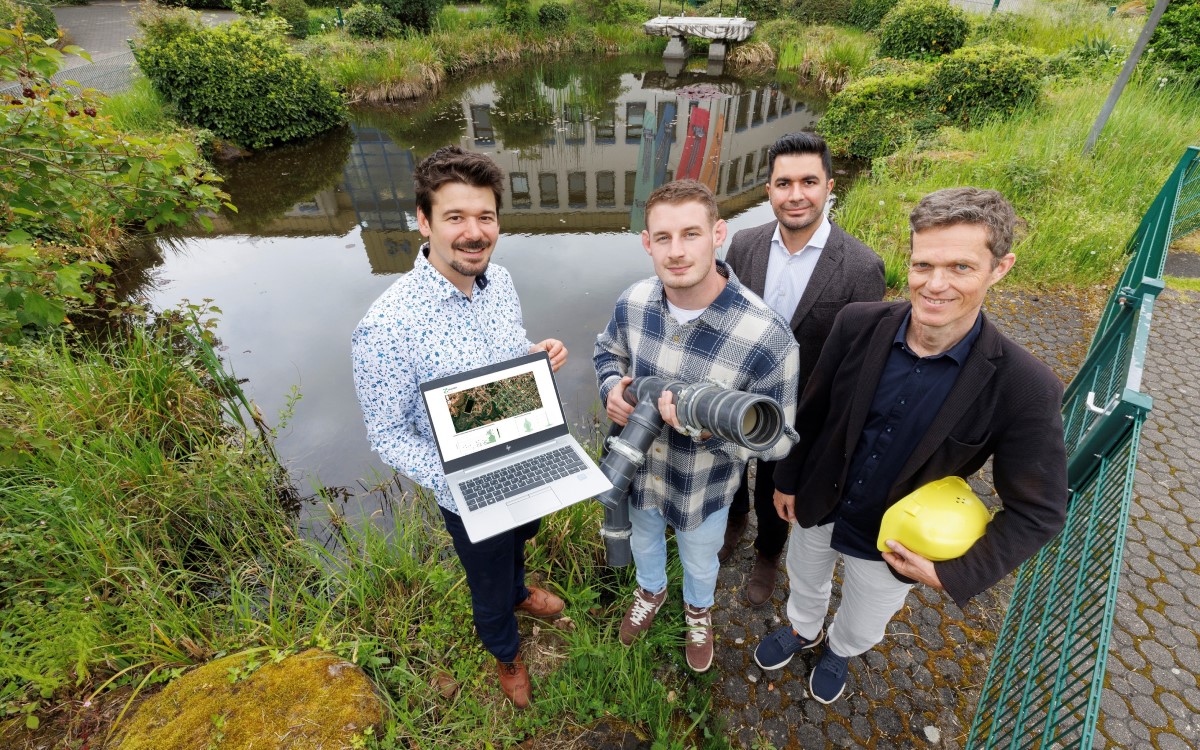18. January 2024 ǀ Lowering air pollution to levels seen during the coronavirus pandemic could safeguard Himalayan glaciers and prevent their disappearance by the end of the century. This is the finding of an international research team that analyzed the situation during the 2020 COVID-19 lockdown. The cleaner air resulted in less soot being deposited on the glaciers, leading to 0.5 to 1.5 mm less daily snowmelt. The rapid retreat of glaciers and loss of snow cover already threaten the sustainable water supply of billions of people in Asia.
Reducing emissions and the impact on snowmelt
If air pollutants like soot could be cut down to at least the levels seen during lockdowns, snowmelt could be halved. Transitioning to cleaner energy sources and lower-emission transportation could therefore yield significant benefits for sustainable water supplies, agriculture, and ecosystems across large parts of Asia, as stated in the journal Atmospheric Chemistry and Physics (ACP).
The Hindu Kush Himalayas (HKH) and the highlands of Tibet in Central Asia constitute the largest snow-covered region outside the polar areas. The meltwater from these glaciers feeds rivers in India and China, supporting agriculture, hydropower generation, and their economies. The Himalayan snowmelt in spring provides about half of the annual freshwater for approximately 4 billion people in South Asia and East Asia. However, resources are diminishing: Global warming has already resulted in a loss of around 40% of the Himalayan glacier area compared to the Little Ice Age in the Middle Ages. Except for a few Karakoram glaciers, the snow mass there has also significantly decreased over the last 30 years. Model simulations for extreme scenarios indicate that the melting snow in the Himalayas could lead to the disappearance of the glaciers there by the end of the 21st century. This is alarming news for the water supply of several billion people.
Climate change, soot, and glacier melting
The thinning of glaciers is partly due to climate change, with higher air temperatures and changes in precipitation – long-term causes that will take decades to address. However, short-term factors such as the distribution and deposition of light-absorbing particles like dust and soot (black carbon (BC)) also play a significant role in glacier melting. Previous studies have shown that soot melts the snow on glaciers more than greenhouse gases in the atmosphere. The rising energy demand of densely populated South Asia has greatly increased emissions of greenhouse gases and soot particles in recent decades, leading to increased darkening and melting of snow.
The economic slowdown triggered by the coronavirus pandemic’s lockdown measures led to a drastic drop in passenger and freight transport, industrial emissions, and energy consumption in this region in 2020. As a result, air pollution with greenhouse gases and especially soot also significantly decreased: satellite observations showed cleaner snow with almost a third less light-absorbing pollution during the lockdown in Asia between March and May 2020. This led to a decrease in snowmelt of 25 to 70 mm in 2020 – compared to the 20-year average for the months of March to May in the western Himalayas. The changes in snow absorption and surface albedo thus ensured that around 7 cubic kilometres of meltwater remained in the Indus catchment area.
Analyzing the impact of reduced air pollution
An international team of researchers from India, Germany, and the UK used global simulations to study the impact of reduced air pollution over Central Asia’s high mountains during the COVID-19 lockdowns from March to May 2020. They employed the ECHAM6-HAMMOZ chemistry-climate model, updated with an improved soot-snow parameterization, to compare the lockdown period with typical air pollution conditions. The simulations were performed using a COVID-19 emission inventory, where emissions were calculated based on Google and Apple mobility data. The study also incorporated various observational data, including snow cover and atmospheric opacity determined using NASA’s MODIS spectral data, supplemented by solar photometer measurements from two Aerosol Robotic Network (AERONET) stations in Lahore (Pakistan) and Dushanbe (Tajikistan).
Effects of reduced soot deposition on snow
The ECHAM6-HAMMOZ model simulations revealed that the COVID lockdown in spring 2020 resulted in a cleaner atmosphere over the mountains of the Hindu Kush Himalayas and the highlands of Tibet.
Dr. Suvarna Fadnavis from the Indian Institute of Tropical Meteorology (IITM) reports, “The aerosol optical thickness (AOD), i.e., the atmospheric opacity, over this region decreased by around 10% in April 2020 compared to before the pandemic.”
This decrease in soot was also observed in ground-based measurements from the Aerosol Radiative Forcing Over India Network (ARFINET). The reduction in anthropogenic air pollution led to less soot being deposited on the snow in large parts of Central Asia’s high mountains.
Dr. Bernd Heinold from TROPOS explains, “Our simulations show that the decrease in soot concentration in the snow and the general reduction in air pollution reduced snowmelt in spring 2020 by 0.5 to 1.5 millimeters per day and thus reduced the runoff meltwater in the year by up to half.”
The reduction in man-made pollution during the COVID-19 lockdown has therefore benefited the high mountains of Central Asia in many ways: increased reflectivity of the snow surface, reduced snowmelt and increased snow cover, as well as an increase in stored water due to reduced surface water runoff.
A short-term solution for Himalayan glaciers
“Our results make it clear that of the two processes causing the retreat of the Himalayan glaciers – global climate change and local air pollution – a reduction in air pollution in particular could be a short-term help,” emphasises Prof. Ina Tegen from TROPOS. “Even if we were to stop CO2 emissions immediately, temperatures would not initially fall. However, our results confirm the importance of reducing short-lived climate drivers such as soot and their complementary role in CO2 mitigation. Reducing air pollution to similar levels as during the COVID-19 lockdowns in 2020 could protect the Himalayan glaciers, which are otherwise at risk of disappearing by the end of the 21st century.”
Since 2000, the glaciers in the Himalayas have lost almost half a metre of ice per year. If air pollution could be reduced to the level it was at during the coronavirus pandemic, for example, then snowmelt could be reduced by up to half. Clean air measures would therefore not only benefit the health of billions of people in Asia, but also the water supply, agriculture and ecosystems in large parts of Asia. Tilo Arnhold







